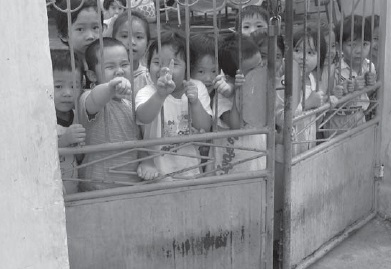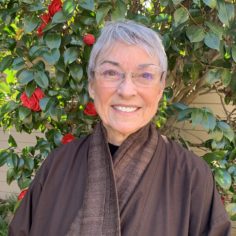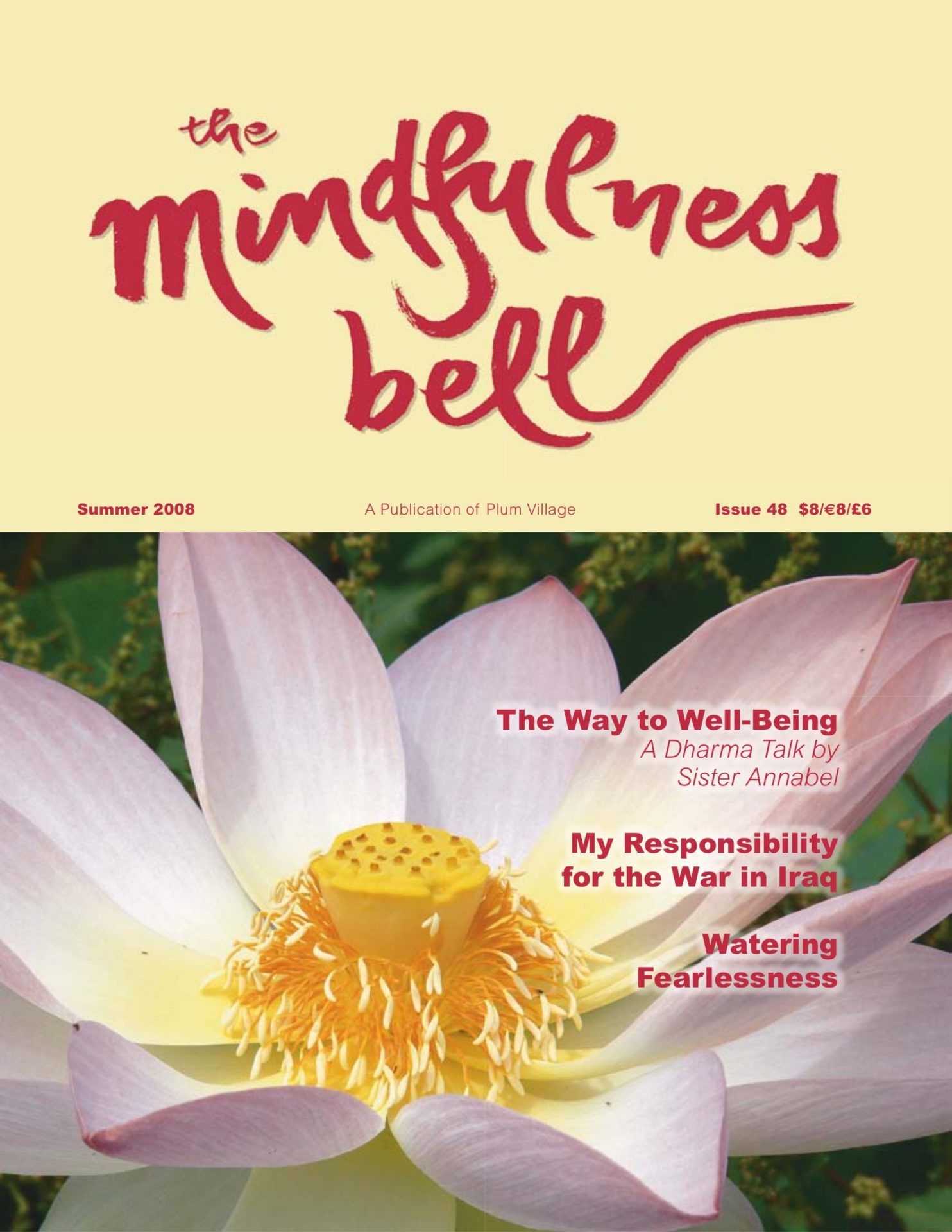By Trish Thompson in June 2008


The road from Hue to Dong Ha snakes through villages and countryside, bounded on each side by ankle-deep floodwaters. On this day in October 2007, the rainy season in Central Vietnam is, thankfully, coming to an end. The annual flooding has been particularly heavy this year, with more than forty people having lost their lives.
As I stare out the car window,
By Trish Thompson in June 2008


The road from Hue to Dong Ha snakes through villages and countryside, bounded on each side by ankle-deep floodwaters. On this day in October 2007, the rainy season in Central Vietnam is, thankfully, coming to an end. The annual flooding has been particularly heavy this year, with more than forty people having lost their lives.
As I stare out the car window, we make slow but steady progress, passing cement-block homes, most of which are painted only on the front. Occasional crudely constructed kiosks display Coca-Cola products, sweets, and cigarettes, inches from the highway.
Three Americans with a Vietnamese driver, we have been invited to visit the Quang Tri Province offices of the Vietnam Veterans Memorial Fund, an American non-governmental organization (NGO). We want to hear a first-hand report on Project Renew, which works with those who continue to suffer the effects of a war that has, for many, never really ended.
I have lived in Hanoi for more than three years, very much at home and at ease with the people and the rhythm of life. I understand I am not separate from what I see. After all I, too, am a child of a war. Mine was between mother and father. Their war left me with many wounds. I am grateful for those early years of conflict, for they determined my purpose in this Life. With the help of the Buddha, the Dharma, the Sangha, I continue to work to transform the violence of the past — inside me and around me.
The Ravages of War
During the Vietnam War (here called the American War) Quang Tri was one of several provinces that included, or were near, the official line separating the Communist North and the American-backed South. The Ben Hai River served as the official boundary for divided Vietnam since 1954. By the mid-sixties, troops of both the North and the South, including American Marines, were based on either side of the conflict-free Demilitarized Zone (DMZ) that included the river.
This concentration of troops and supplies attracted some of the heaviest fighting of the war. These provinces were the target of more bombs than were dropped during all of World War II, in both the European and Pacific war zones. In addition, the deadly chemical Dioxin (Agent Orange) was heavily sprayed over much of the area to expose anything that moved on the ground, thereby aiding the work of the bombers overhead.
From the appearance of the land, which was once lush jungle, the defoliation effort was successful — thirty-three years later, the Earth continues to recover from the abuse of those years of war.
Unexploded Live Ordinance (UXO)
My friends have grown quiet. They, too, are concentrated on the scenes that in some cases literally float by. Though this is their first trip to this area, no commentary is needed; the landscape says it all. For me, in spite of my efforts to remain in the present moment, memories of my initial trip to this area rise to the surface.

It was during Thay’s 2005 trip to his homeland. An OI brother, Jeff Nielsen, has arranged for some of us to slip away as the international Sangha enjoys a Lazy Day in Hue. Jeff is a veteran who has made many trips to Quang Tri, the first while in uniform. With us is a Vietnamese university student. She tells us that many people will not visit the countryside of the province. They are disturbed by the presence of the wandering souls of those who died here. I am silent, as are my brothers and sisters.
In Dong Ha, Jeff takes us to the Center for Peace Trees, a tree-planting project, supported by American veterans. We are told of their attempts to educate local youth in how to recognize and avoid contact with the various forms of unexploded, live ordinance (UXO) which lie hidden in the soil of Quang Tri. I am shocked by this information, which is new to me. The numbers are staggering: 32,000 Vietnamese citizens have been injured by UXO since the shooting stopped. Most have been maimed forever. Some have died. The majority are children.
We practice walking meditation among the dried leaves in front of the center. I recognize the feelings. They take me to another time and place — 1971, and I am in Dachau on a snowy day. We are four, with one caretaker, and the thousands of souls whose moans seem to float through the silent air. I am keenly aware of the suffering, then, there, here, now. Where does it begin? Where does it end?
Reasons for Hope
As the driver avoids the potholes, memory takes me once again to that day in 2005, on the old Ho Chi Minh Trail, a modern quiet highway stretching to the border with Laos. We stop to talk with a group of eleven men who are finishing their day’s work. Four days each week, they search with metal detectors for UXO. Some are easily located, exposed by recent rains. Others must be dug from the ground. Once dismantled, these bombs of various sizes and shapes are hauled away, to be detonated each Friday. The group foreman, a German man who previously worked to locate land mines in Bosnia, has been doing this work in Vietnam for four years. He says the previous week was a “light” one, yielding only 263 bombs. Even though many such teams do this work, “it will take more than 100 years to clear Vietnam of UXO.” How to respond to that announcement? We thank the men for their courage and commitment, and continue our journey through a countryside of new-growth trees and hills that once witnessed and survived the terrible suffering of man’s war against man.
We enter the streets of Dong Ha and make our way to the project office. We spend a pleasant two hours, listening to staff, asking questions, and viewing a DVD that tells the story of Project Renew. While their search-and-destroy program for clearing the land of UXO is a major thrust, they also offer direct assistance to those who continue to suffer the effects of the war. Their prosthesis program has helped thousands who have lost limbs through contact with explosives, and their mushroom-farming program is providing jobs. I am so impressed by the professionalism of the staff and their enthusiasm for their work.
Later in the day, we begin our return trip to Hue. As I reflect on all we have seen and heard, I feel happy. True, we have seen that a war, once begun, seems to never end. But equally true, we have seen that one day love and compassion also appear.


